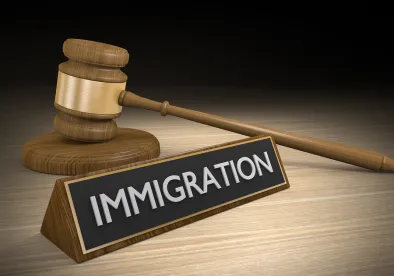The peak H-2B filing season opened on January 2, 2020, and by the next day the Office of Foreign Labor Certification (OFLC) in the Department of Labor (DOL) had received approximately 5,000 applications for 87,000 seasonal workers. Only 33,000 are available for the spring/summer period, which starts on April 1, 2020. Another 33,000 are available for the winter season.
Once the 33,000 visas run out for the spring/summer period, DHS can decide to make more H-2B visas available if the agency finds that there are not enough willing, qualified, and available U.S. workers. The current demand seems to speak for itself. By January 4, 2020, the number seasonal workers whose employers were seeking visas grew to 99,362 – three times the number available. Last year, DOL announced that the applications would be accepted on a first come, first served basis. That led to the DOL website crashing within minutes of the “opening bell.” This year, to try to eliminate that problem, DOL transitioned to a new platform and announced it would conduct a randomized lottery of all applications submitted within the three-day filing window of January 2 to January 4. That lottery took place on January 6, 2020, and on January 8, 2020, DOL published on its website the lottery results and the five assignment groups (A-E).
The H-2B process consists of two adjudicatory steps: a labor certification filing with DOL followed by a petition filing with USCIS. DOL will adjudicate applications it has received on a continuous basis – starting with Group A. Once all the Group A applications have been issued a Notice of Acceptance of a Notice of Deficiency, they will move to the next Group as quickly as possible. Those with Notices of Acceptance can move to the next step – filing the H-2B petition with USCIS.
H-2B visas are for temporary, seasonal, non-agricultural workers and are used primarily by the tourist, hospitality, landscaping and construction industries. Certain workers are exempt from the cap: those who are already in H-2B status and are extending their stay, those who were previously counted against the cap in the same fiscal year, and individuals involved in fish roe processing. Despite those exemptions, demand has for years exceeded the number of visas available — especially for the spring season. Recognizing the problems that many businesses were having, for four years in a row, Congress has authorized the Department of Homeland Security to raise the cap. In the first two years, DHS allowed for an additional 15,000. Last year, it authorized an additional 30,000. We do not yet know how many additional visas will be authorized this year.
When and if additional visas become available, employers who wish to apply for them must attest that without the additional workers they will suffer permanent irreparable harm and maintain documentation to that effect, i.e., documents showing that without the additional workers they will not be able to meet contractual obligations or that they will suffer severe financial hardship.




 />i
/>i

